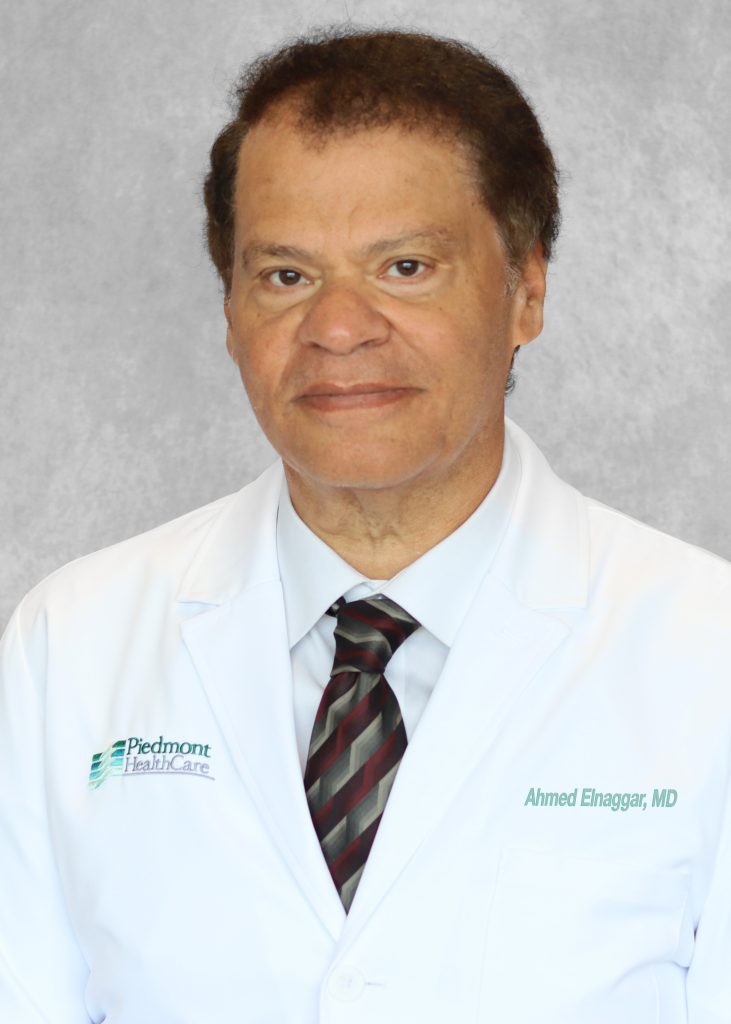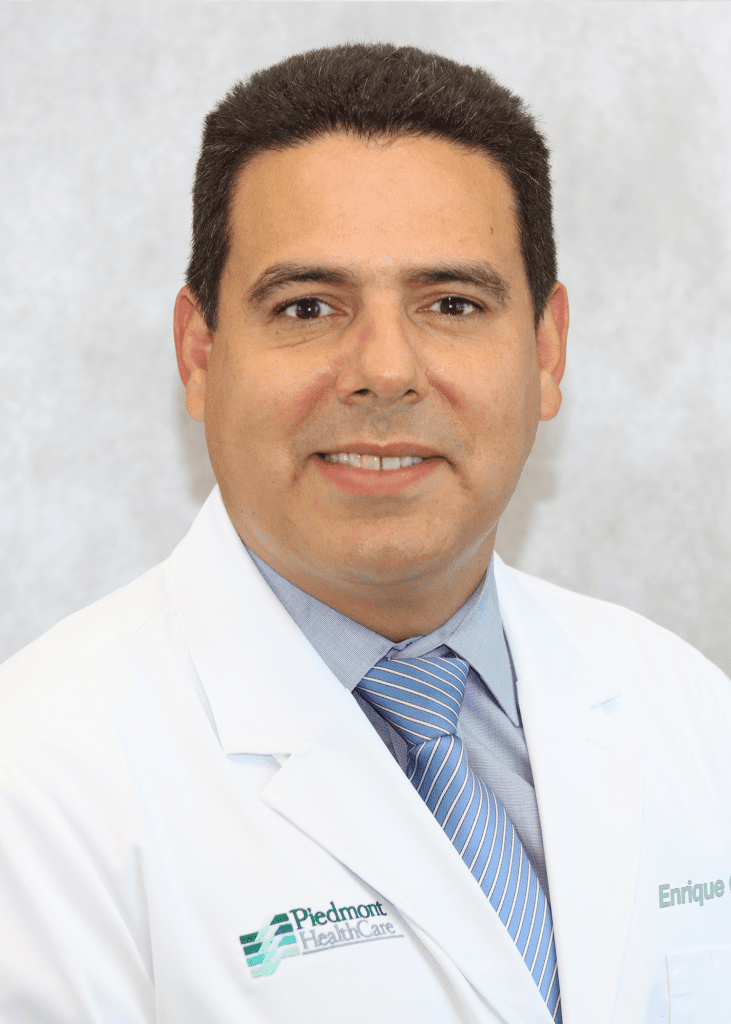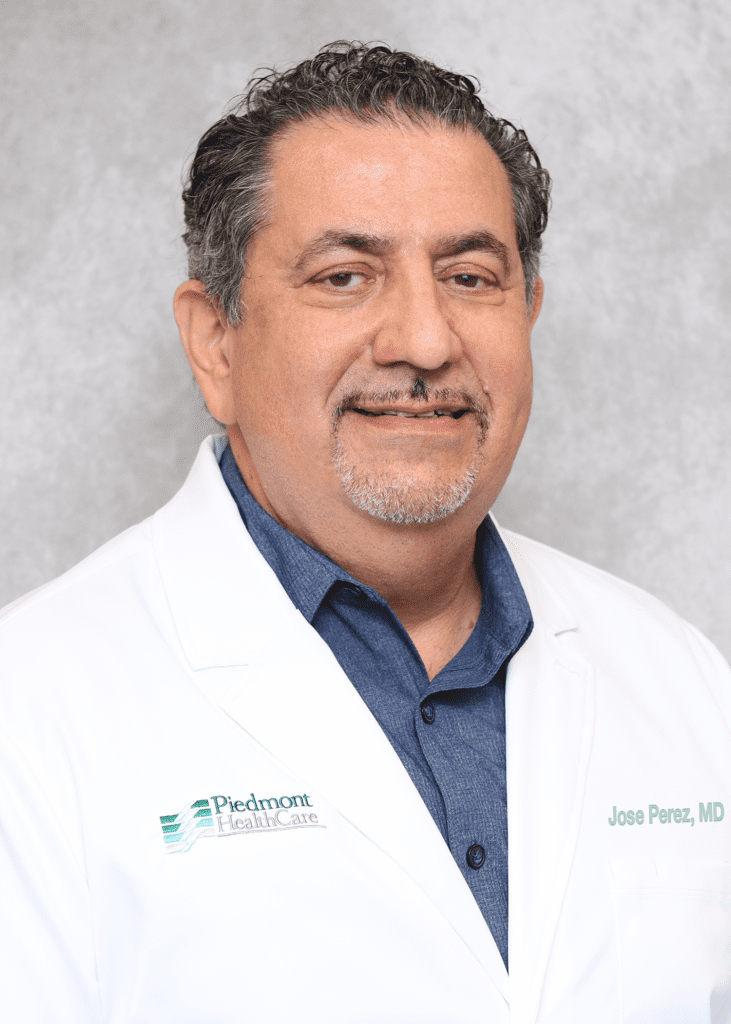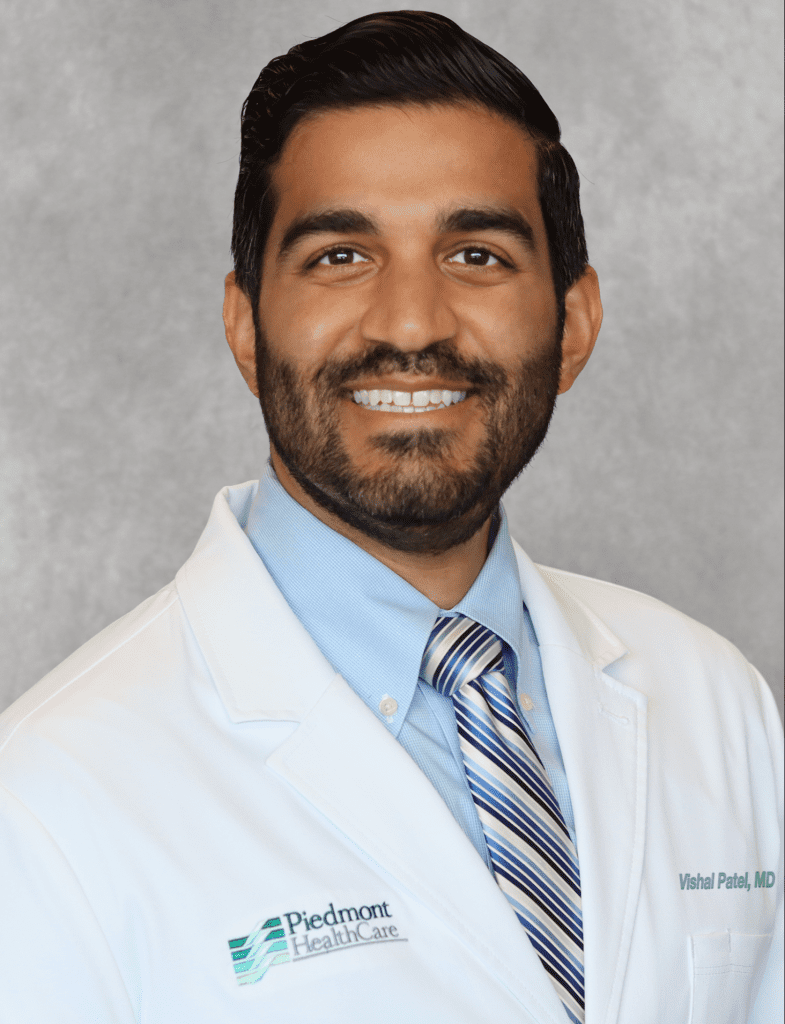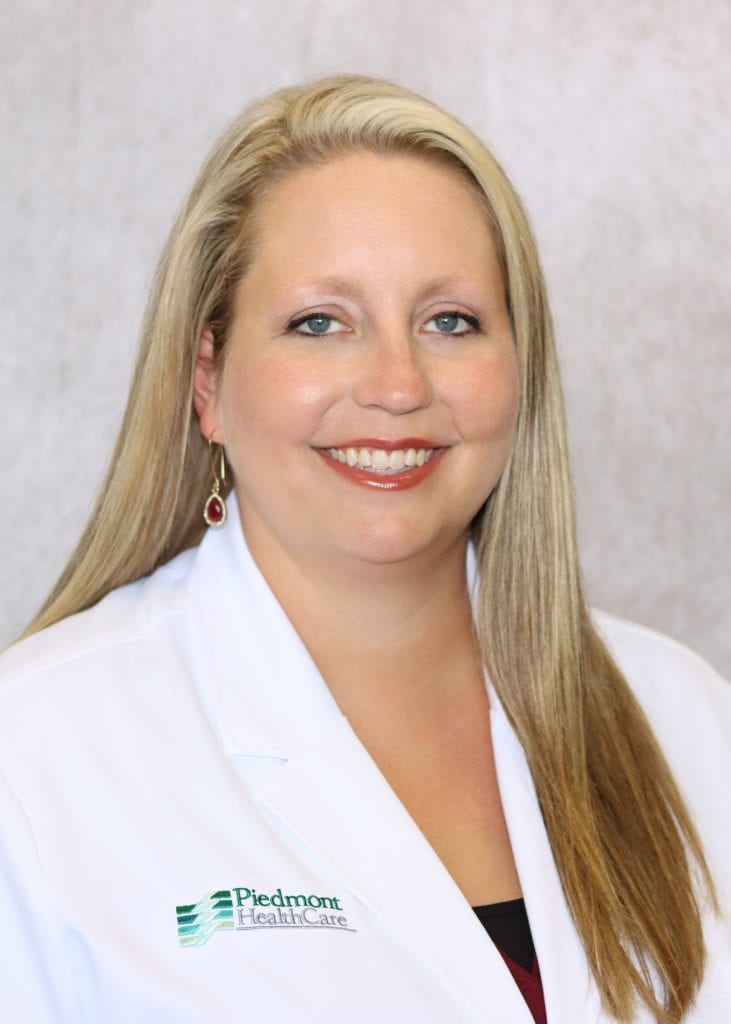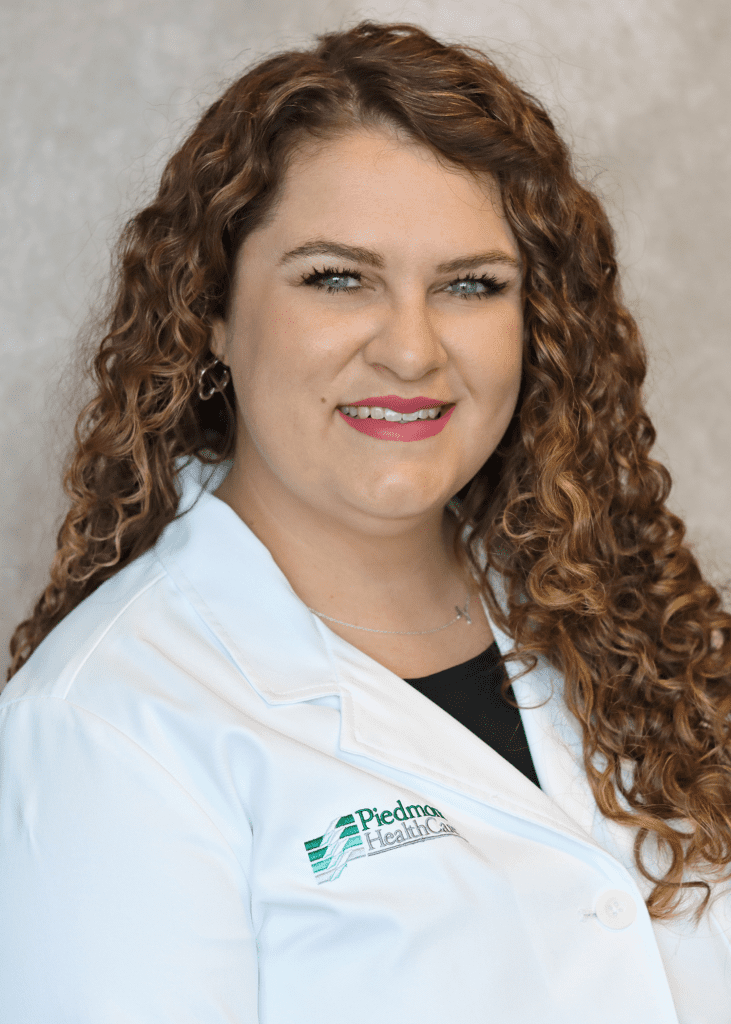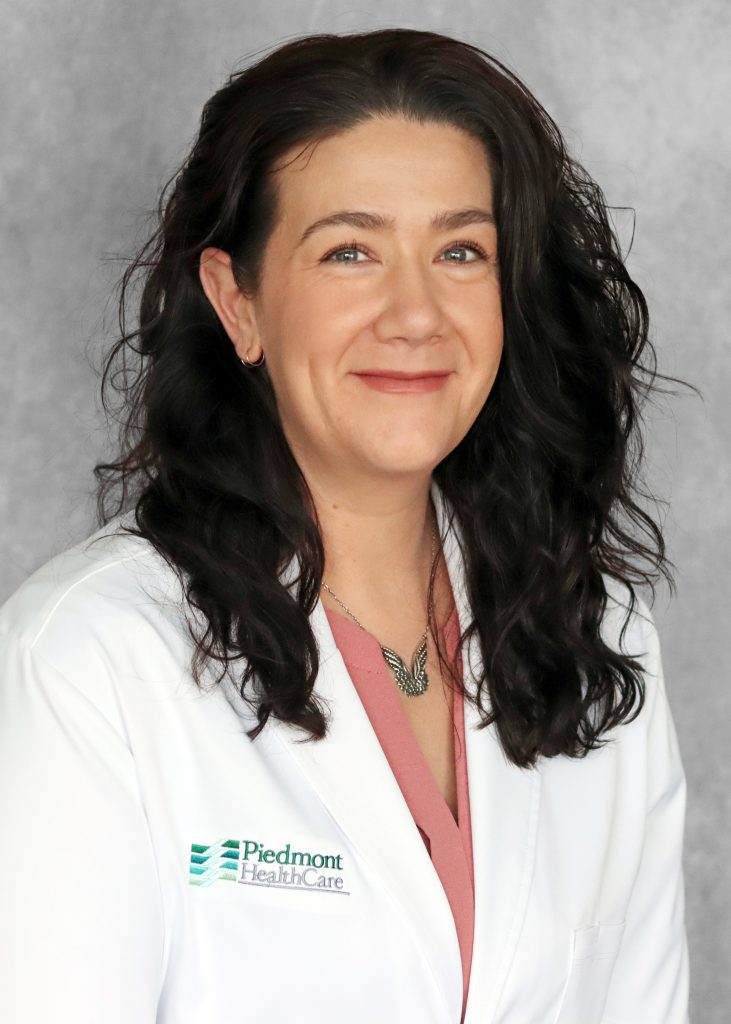At PHC Pulmonary & Sleep Medicine, your respiratory and sleep health is our top priority. Our expert team, comprising nine dedicated providers—including four board-certified physicians—specializes in pulmonary care, critical care, and sleep medicine. With two convenient locations, we offer comprehensive services designed to diagnose, treat, and manage a wide range of conditions, from chronic lung diseases to sleep disorders. We combine cutting-edge technology with compassionate care to help you breathe easier and sleep better.
Pulmonary & Sleep Medicine
Ahmed Elnaggar, MD, FCCP, FAASM, Enrique Ordaz, MD, Jose Perez, MD, FCCP, FAASSM, Vishal Patel, MD
Our Approach
Our Office
2 Convenient Locations
Statesville and Mooresville
8 Providers On-Site
Ahmed Elnaggar, MD, FCCP, FAASM, Enrique Ordaz, MD, Jose Perez, MD, FCCP, FAASSM, Vishal Patel, MD, CJ Bellina, FNP-C, Emily Harris, FNP-C, and Jeanna Chapman, NP, Tami Mills, FNP-BC
Pulmonary, Critical Care, and Sleep Medicine
Our Location
STATESVILLE
208 Old Mocksville Road
Statesville, NC 28625
704-838-8240 Phone
704-924-5360 Fax
MOORESVILLE
170 Medical Park Road, Suite 205
Mooresville, NC 28117
Hours:
Sun: Closed
Mon-Thurs: 8AM–4PM
Fri & Sat: Closed
Our Services
What is an Ion Bronch?
An Ion bronchoscopy (often called Ion robotic bronchoscopy) is a special, advanced type of bronchoscopy that uses a robot to help doctors look deep inside the lungs. It is often used when doctors need to check for lung cancer or take a sample from a very small or hard-to-reach spot in the lungs.
It uses:
The robot helps the doctor move the tube very carefully and exactly where it needs to go.
How It Works
Why Use Ion Bronch?
What is an EBUS?
EBUS (Endobronchial Ultrasound) is a safe and minimally invasive procedure that helps your doctor look closely at your lungs and the lymph nodes (small glands) around them.
Why you might need it:
Your doctor may recommend an EBUS if:
• They need to check for lung cancer, infections, or other lung conditions
What happens during the procedure:
• If needed, the doctor can use a small needle through the tube to take tissue samples (a biopsy).
After the procedure:
• Your doctor will talk to you once the test results are ready.
Benefits:
What is a Thoracentesis?
The lungs are surrounded by a small amount of fluid that helps them move smoothly inside the chest. When too much fluid builds up in the space between the lungs and chest wall—a condition called pleural effusion—it can make breathing difficult. Thoracentesis involves inserting a needle between the ribs to drain this excess fluid.
Why Is It Done?
Thoracentesis is performed to:
How Is It Done?
The procedure typically takes place in a hospital or clinic and involves:
Ultrasound may be used to guide the needle accurately.
Risks
While generally safe, thoracentesis carries some risks, including:
These risks are minimized when the procedure is performed by trained professionals.
Recovery
Most people can go home the same day after the procedure. You may experience mild soreness at the needle site. A chest X-ray may be done afterward to check for complications.
If you have further questions or need more detailed information about thoracentesis, feel free to ask.
What Is a Bronchoscopy?
A bronchoscopy is a test that helps doctors look inside your lungs. They use a soft, bendy tube called a bronchoscope. The tube goes in your nose or mouth, down your throat, and into your lungs. It has a tiny camera and light so doctors can see what’s going on inside.
Why do doctors do it?
What happens during the test?
After the test:
Bronchoscopy is an outpatient procedure, so you won’t need to spend the night in the hospital. You can typically go home within a few hours of the procedure. Your healthcare team will monitor you after the procedure to ensure you’re breathing and swallowing properly. You may have a numb throat for up to an hour. You may have a sore throat, cough or hoarseness for the next 24 hours. Using cough drops can help with this. Most people can return to normal activities the next day. Your healthcare provider will let you know if you should restrict your activities in any way.

